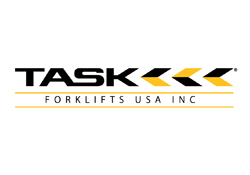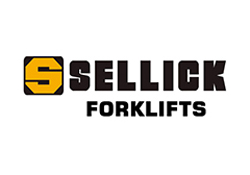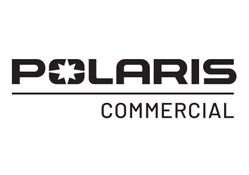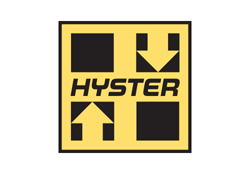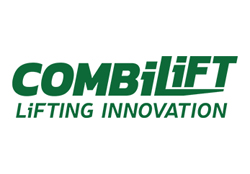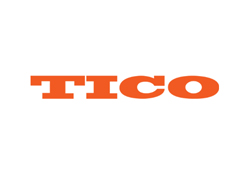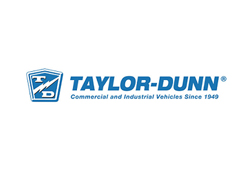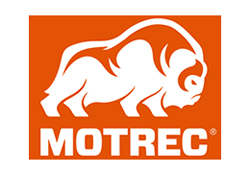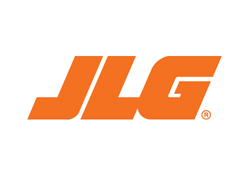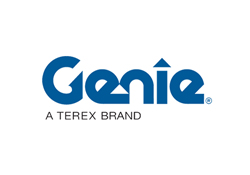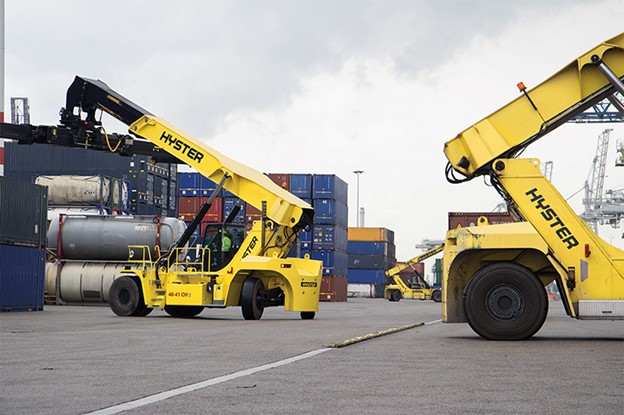
WOULD AN ELECTRIC REACH STACKER BE RIGHT FOR YOU?
In 2019, Hyster announced that the first Hyster® Reach Stacker with a hydrogen fuel cell is being developed for the Port of Valencia, making it the first port in Europe to incorporate hydrogen energy in its operations. But what are the potential challenges involved with implementing fully electric equipment at terminals?
Providing enough energy
Creating electric versions of Hyster® container handling trucks is not without its challenges. With electric cars, the car battery is big enough to provide around 300-500km of driving range, which is acceptable for most drivers. However, when it comes to providing enough energy to keep a large container handler such as a Hyster® Reach Stacker working throughout a shift, this is more difficult – with current technology, a battery pack for the Reach Stacker would need to be almost as big as the truck to work for an entire shift!
In addition to the size of the batteries needed, there are considerations around the charging of batteries. Dedicated charging takes time and takes the Reach Stacker out of operation. Although opportunity charging throughout the working day is a possible solution, it requires detailed planning and can reduce productivity. Also, the amount of charging power needed can be more than the power grid can provide. Charging a number of reach stackers takes the equivalent of the power necessary to run a small village.
Hydrogen fuel cells can help
A hydrogen fuel cell addresses some of these challenges. It works by converting hydrogen (H2) to electricity and acts as a range extender for the Hyster® Reach Stacker. It has been designed so that enough hydrogen is stored on board to provide an acceptable range or number of operating hours for port operations. In addition, refilling of the H2 tanks can be done in as little as 10-15 minutes.”
It is also worth noting that Hydrogen is a clean energy carrier. With the benefits of easy storage and when used produces no emissions other than heat and water.
Matching energy to the application
The right choice of energy for a Hyster® Reach Stacker will always depend on the particular needs of the operation, such as the demands and intensity of the operation. There will also be factors dictated by the charging infrastructure and working patterns. For instance, is opportunity charging possible? Or is a range extender needed?
There are also geographical considerations – certain energy options (like electricity and hydrogen) are more affordable in some countries than others.
Alternative power options
Currently, zero emissions technology may not be possible for every truck or every application. So, for terminal operators in emissions regulated markets, new Stage V engines can be selected for Hyster® Empty Container Handlers and the Hyster® RS46 Reach Stackers to improve diesel engine emissions. With the change to Stage V engines, and a choice of either a 7.7- or 10.7-liter engine, businesses can continue to benefit from a low Total Cost of Ownership while meeting emissions regulations. The Stage V engines deliver the lowest emissions to date.
The new engines will help applications to reduce fuel consumption, maintain productivity and lifting speeds, bringing the cost per load moved down. Maintenance and service for the new engines is also straightforward for optimal uptime in demanding applications.
Interested in more information on this lift truck? Our solutions team is available to discuss your specific application and how this product can meet your needs.
